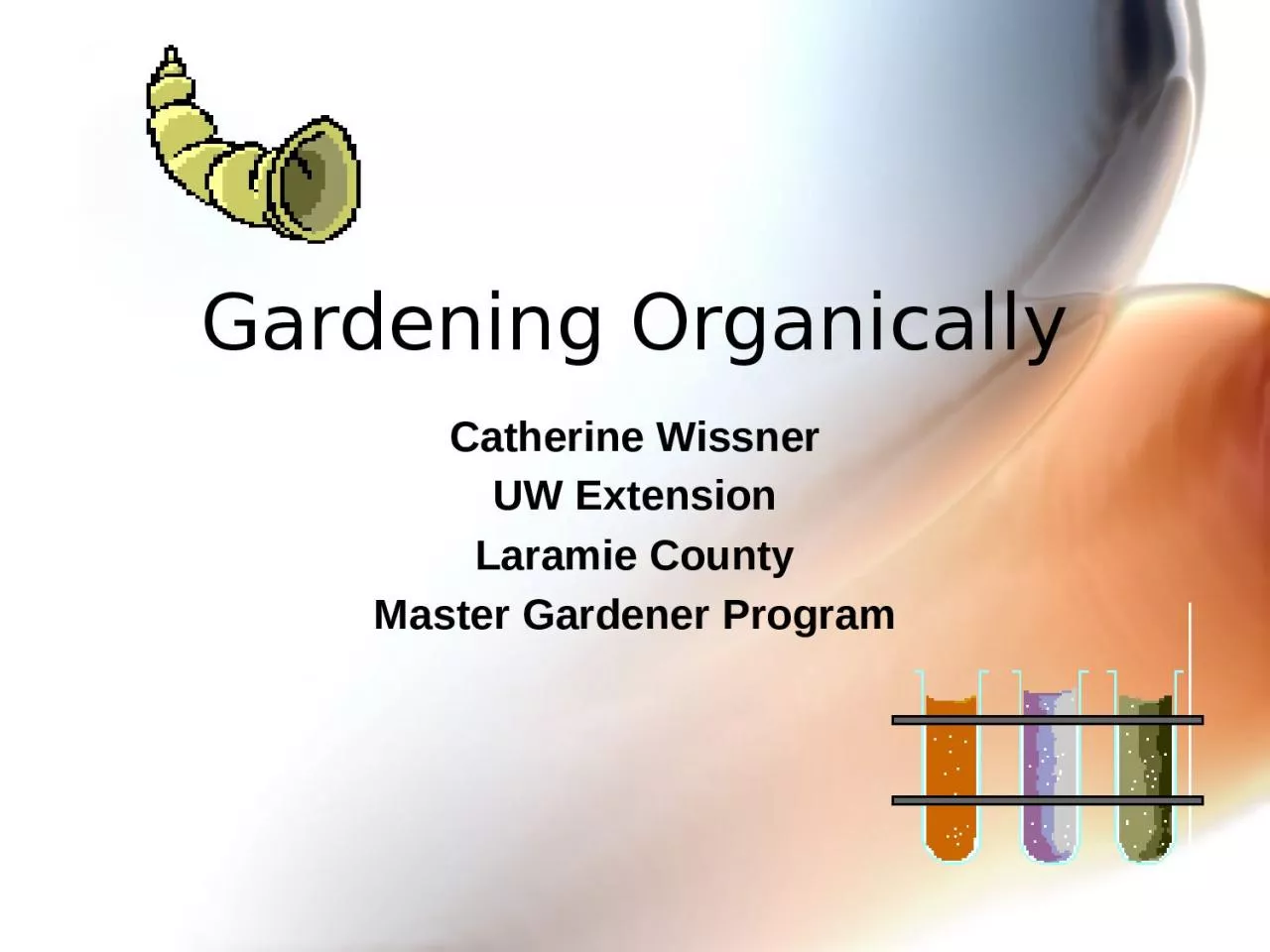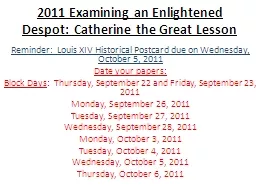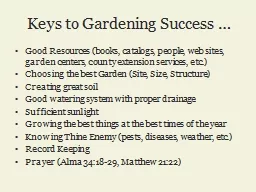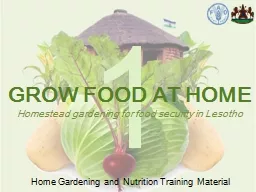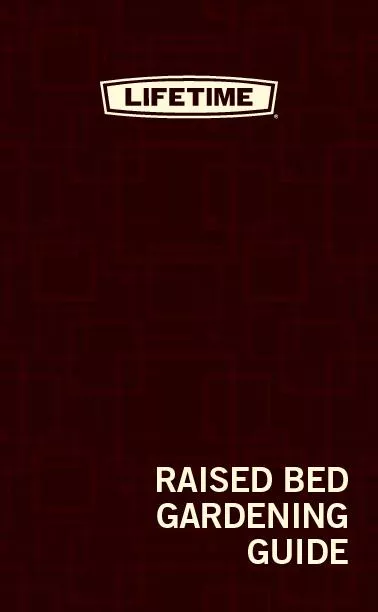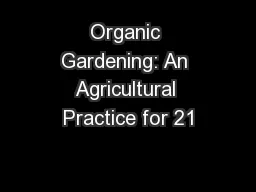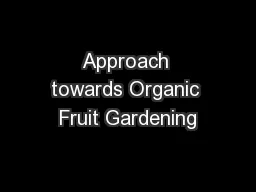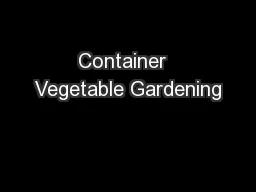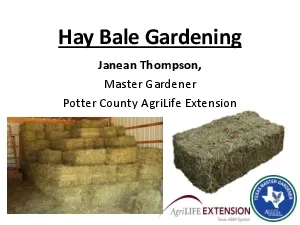PPT-Gardening Organically Catherine Wissner
Author : anya | Published Date : 2022-06-15
UW Extension Laramie County Master Gardener Program Growing Season in Cheyenne 90 to 141 growing days per season Cool nights About every 10 years a severe drought
Presentation Embed Code
Download Presentation
Download Presentation The PPT/PDF document "Gardening Organically Catherine Wissner" is the property of its rightful owner. Permission is granted to download and print the materials on this website for personal, non-commercial use only, and to display it on your personal computer provided you do not modify the materials and that you retain all copyright notices contained in the materials. By downloading content from our website, you accept the terms of this agreement.
Gardening Organically Catherine Wissner: Transcript
Download Rules Of Document
"Gardening Organically Catherine Wissner"The content belongs to its owner. You may download and print it for personal use, without modification, and keep all copyright notices. By downloading, you agree to these terms.
Related Documents

